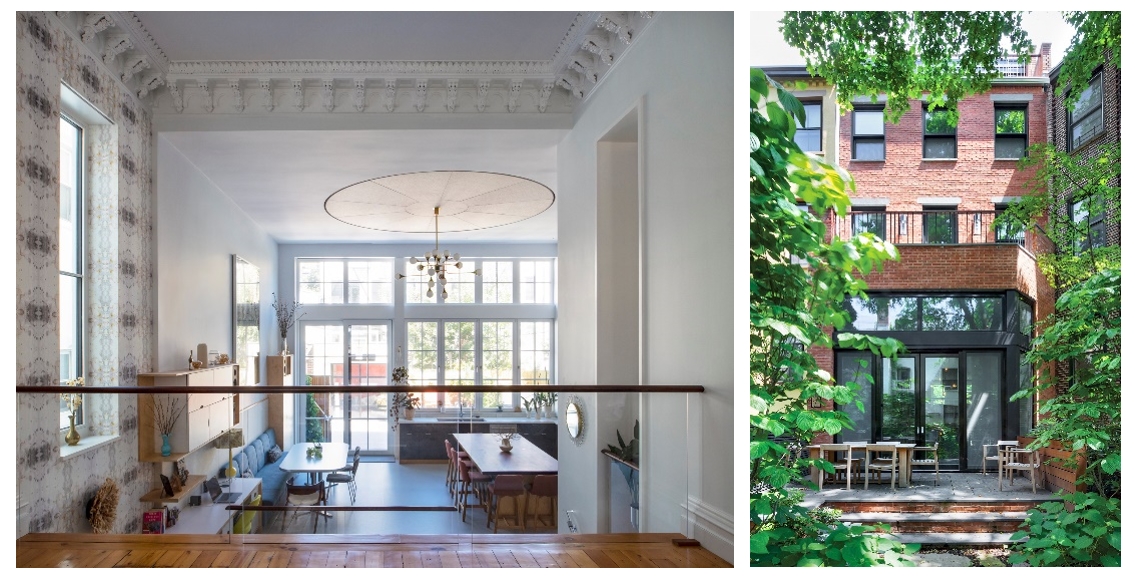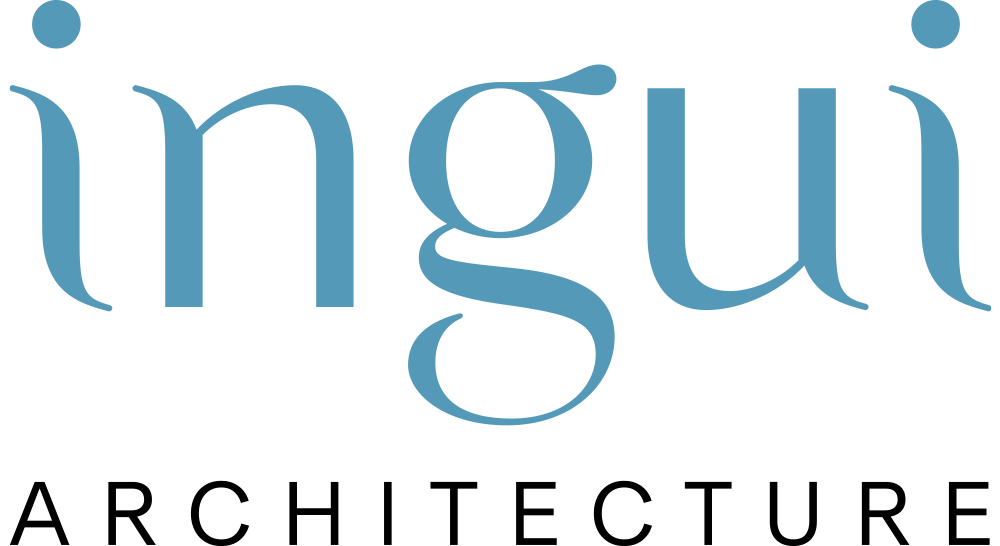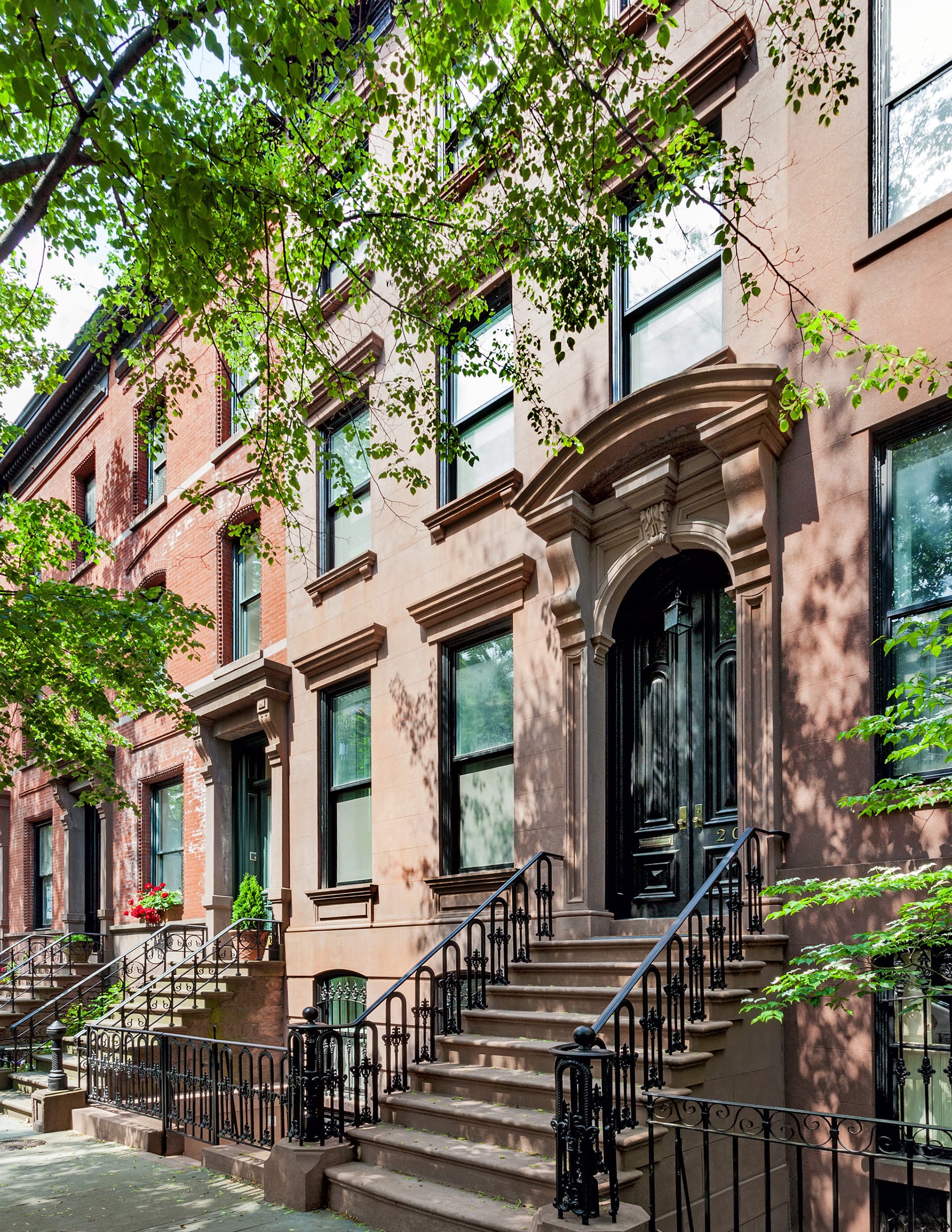Designing Healthy Homes
.jpg)

Many of our projects are renovations in historic districts throughout New York City. These houses, beautiful living relics of New York's early days, often become increasingly troublesome as they age. They have leaky windows, outdated boilers, leaky radiators, and poor indoor air quality. At the beginning of our restoration process, we often must consider preservation alongside upgrading the building systems.
Our systematic approach to retrofits allows us to breathe new life into existing buildings. Creating beautiful buildings with the amenities our clients request has become much easier with new products and methods and well-trained teams. Our process relies on employing Passive House techniques into our projects – those who receive Passive House certification and those which do not. The lessons learned from Passive House detailing can improve the design of every project in every firm.
Removing typical radiators, ducts, soffits, and other systems creates fewer constraints when designing a townhouse.

Large expanses of glass become achievable, allowing spaces at the rear of the building to have rich connections with the outdoors.
.jpg)
Coupled with filtered, fresh air 24/7 via an ERV, interior spaces can be so light-filled and healthy that even a tree can survive inside.

Insulating exterior walls properly allows mechanical systems to be moved away from exterior walls, allowing for interesting spatial configurations in living and entertainment spaces.

Well-sealed homes are free of most bugs and dust, minimizing pathogens and allowing even attic and cellar spaces to be used in interesting, fun ways, like home gyms.
Initially, our firm's desire to learn about and embark on Passive House design was driven by our commitment to high-performance, environmentally friendly buildings. Since we've started completing Passive House renovations, we've learned exactly how far the benefits extend beyond that. Passive Houses can use up to 70% less energy than typical construction. Specifying low-energy and heat-pump electric appliances and adding renewable energy drives costs down even further. Passive Houses truly feel bespoke on the interiors, providing clean, healthy air, less dust, a quiet environment, and complete temperature control.
To learn more about Passive House, find a wealth of resources on the Passive House Accelerator.

